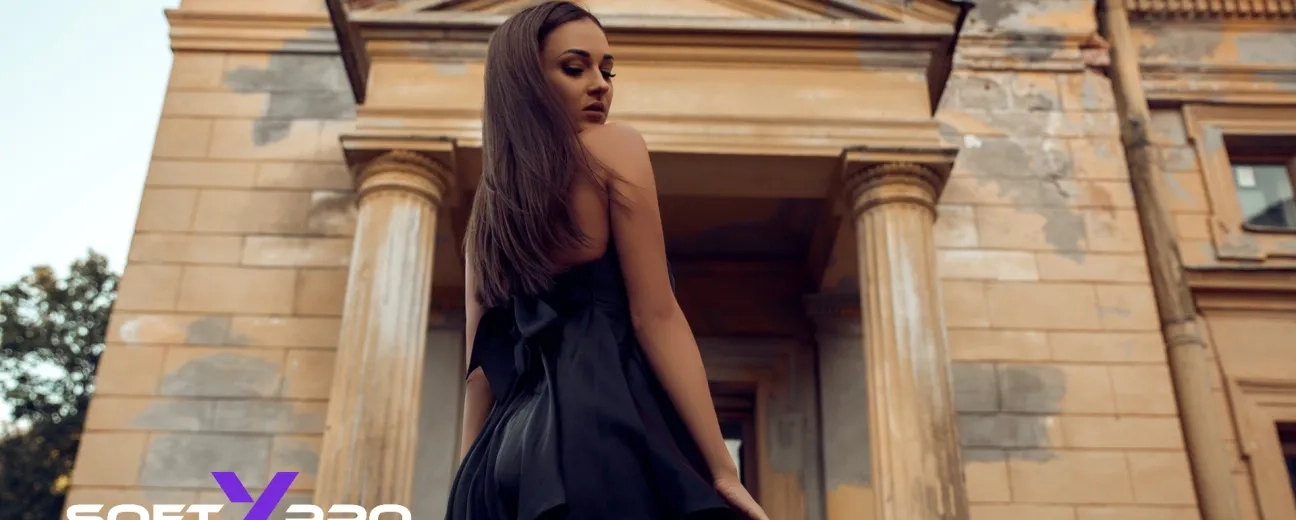Why Generic Images Are Killing Your Website’s Impact

Generic images are not just boring - they are actively costing you trust, conversions, and credibility.
In a digital world saturated with AI-generated visuals and stock photos, users are no longer impressed by pretty pictures. They crave relevance, authenticity, and action. If your website still relies on generic imagery, you are not just behind the curve - you are invisible.
Why This Matters in 2025
Visual-first website design is no longer a trend. It is the standard. But not all visuals are created equal. According to Digitaloft, images remain the second most used content format after short-form video. Yet, audiences are demanding more than just decoration - they want visuals that inform, guide, and resonate.
In fact, Getty Images reports that 86% of consumers believe AI-generated content should be clearly labeled. Why? Because generic visuals erode trust. They feel impersonal, off-brand, and often irrelevant to the user’s intent.
So the question is: are your visuals building trust - or breaking it?
The Rise of Visual Fatigue
With tools like Midjourney and DALL·E making it easy to generate endless images, the web is flooded with content that looks good but says nothing. As nDash explains, AI should be an assistant, not a replacement. Without human oversight, visuals quickly become generic, off-brand, and forgettable.
Visual fatigue sets in when users see the same style of image across multiple websites. Think of the smiling customer service rep with a headset or the handshake in front of a skyline. These images do not tell your story. They tell everyone’s story - and therefore, no one’s.
When every brand looks the same, how do you expect to stand out?
Actionable Visuals: What They Are and Why They Work
Actionable visuals are not just pretty - they serve a purpose. They guide the user, reinforce your message, and reflect your brand’s unique identity. According to Column Content, audiences now reject fluff in favor of content that delivers real value. That includes your imagery.
Here is what makes a visual actionable:
- Contextual relevance: It supports the surrounding content and adds clarity.
- Brand alignment: It reflects your tone, values, and visual identity.
- Conversion-driven: It nudges the user toward a decision or action.
- Personalization: It speaks directly to your target audience’s needs.
For example, a SaaS company might use annotated screenshots of their dashboard instead of abstract tech illustrations. A local bakery might showcase behind-the-scenes photos of their team baking, rather than a generic loaf of bread on a white background.
It is not about being flashy - it is about being useful and real.
How Generic Images Undermine Trust and Conversions
Trust is the currency of the internet. And visuals are often the first impression. If your imagery feels fake or irrelevant, users subconsciously question your credibility. As Typeface.ai notes, one-size-fits-all visuals rarely drive engagement or conversion. Instead, brands should use AI to test multiple personalized variations that are contextually tailored.
Consider this: a landing page with a generic stock photo might look polished, but it lacks specificity. Swap that out for a real customer using your product, and suddenly the page feels trustworthy, relatable, and actionable.
Would you rather see a faceless model or someone who looks like you solving a real problem?
Designing for Visual Impact: A Strategic Approach
At SoftXPro, we help brands move beyond decoration and into strategic visual storytelling. Our custom website design services focus on aligning every image with your business goals. That means:
- Auditing your current visuals for relevance and performance
- Defining a visual language that reflects your brand identity
- Using AI tools to generate variations, then refining with human oversight
- Testing visuals in context to see what drives engagement
We have seen this approach transform bounce rates, increase time on page, and improve conversion funnels. You can explore real examples in our project portfolio.
Visual storytelling is not a luxury - it is a competitive advantage.
What You Can Do Today
If your website still leans on generic stock photos or AI-generated fluff, it is time to rethink your visual strategy. Start by asking:
- Does this image support the message on the page?
- Would my audience find this visual helpful or inspiring?
- Is this image unique to my brand - or could it appear anywhere?
Then, take action. Replace generic visuals with purposeful ones. Collaborate with designers who understand your brand. Use AI as a tool, not a crutch. And most importantly, design with your audience in mind.
Because in 2025, visuals that do not serve a purpose are not just ignored - they are penalized by users and algorithms alike.
Final Thoughts: From Generic to Genuine
The era of generic imagery is over. To thrive in the visual-first web, your content must be intentional, relevant, and human. Whether you are launching a new platform or refreshing your brand, now is the time to invest in visuals that work as hard as your words.
Want to see how actionable design can elevate your brand? Explore our latest projects or book a free strategy call with our team.
